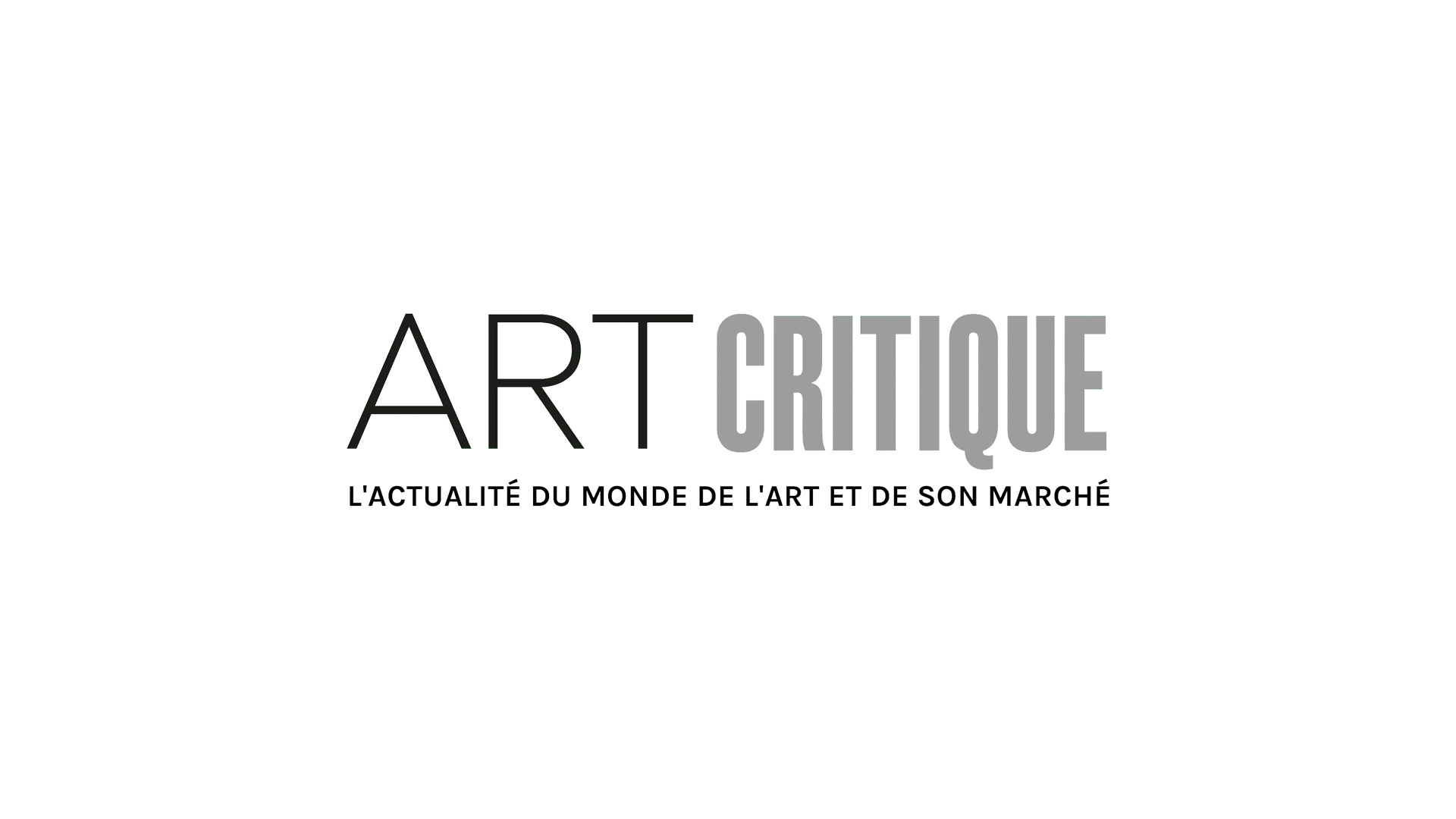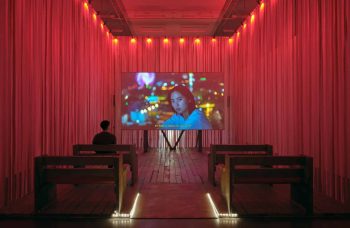
From October 2018 to April 2019 The Guggenheim Museum in New York is exhibiting the monumental works of Hilma af Klint. The solo exhibition, “Paintings from the Future,” has been used as a body of work, including large format paintings, as well as exquisite pastels and watercolors. One notable gallery room – which has become a must-Instagram for those in the world art – includes a dozen epic works that scale ten feet high.
After Dark
On a mild December night, the Guggenheim offered a chance to see af Klint’s paintings “After Dark,” an event which featured a DJ in the central lobby of the Frank Lloyd Wright designed building. The evening’s ambiance, particularly the experience of exploring af Klint’s works with accompanying electronic music, added to the effect of the already psychedelic art. The crowd of New Yorkers, with a few fashionable artistic types, sipped drinks, barely tapping their toes. Walking the winding galleries well-dressed professional types gazed, slightly dumbfounded by af Klint’s works which express esoteric thought.
So, the “After Dark” party, which had been reported in previous years to be a vibrant scene, had the feeling of restraint. Klint’s revolutionary iconoclastic and mystical paintings.
Urgent Spiritualism
The dense timeline of af Klint’s artistic and spiritual activity reveals an intense commitment to her work. Between 1907 and 1908 she completed 111 pieces, which were intended for a temple, or architectural space which never came to fruition. The urgency of her inspiration is obvious in the brushwork, which is often loose and energetic. This expressionistic approach would not be seen in art for many years. af Klint’s spiritual inspiration was back by her painterly skill and inventiveness. However, it has become starkly obvious at the “After Dark” event, the challenge of modern presuppositions of what “art” is and how it functions in society.

The Artist as Mystic
Klint’s paintings have the essential components of art, as they are, and they are undoubtedly inventive and ahead of their time. Purpose, however, is obviously intended for a distinct purpose. Rather than the now-cliche comparison to Kandinsky or Klee, these works are much more reminiscent of certain mystics and spiritual seekers who produced visual works.
For example, Klint’s paintings are incredibly similar to the paintings found in Carl Jung’s, “Red Book,” which was based on the psychical experience of the psychologist between 1913 and 1917. Jung worked in isolation from the world art, executing his own “abstract “compositions. Jung felt that his visual works existed outside of such a context.
Divination in Art
Another example of such synergy between art and mysticism is the collaboration between occultist Aleister Crowley and artist Lady Frieda Harris to produce the Thoth tarot paintings. For Crowley and Harris, with Klint, the use of artistic media and skill for spiritual communion and divination. What would be the most important beliefs of the 19th century. This includes WB Yeats, who was highly influenced by Rosicrucianism-as was some of the sects of the French Symbolists, which the Guggenheim has previously exhibited.
The Experience of Art
In this way, a contemporary examination of Klint’s work, challenges today’s notions of “art.” Today’s typical art fair or gallery show tends to an aesthetic reduction of psychological material. This is the reverse of the Klint’s goal: The use of the visual object as a direct contact with the spiritual realm. That is, she saw painting as a vehicle for experience, rather than an end in and of themselves.
Hilma af Klint’s work represents a woman’s search for a strong sense of the word – like reading the Upanishads (an ancient and very mystical text in the Hindu tradition) through painting. Therefore, they can not function as “art” in today’s context of the word – which is a form of “visual candy” that hangs on the wall, or in the middle of the gallery’s white cube.
Looking Ahead
This consideration of the purpose of art today may be a vital and poignant conversation, as an addition to questions regarding the historical role of gender in art history. The history of artists, such as Klint, who sought transcendental truth through visual representation. Additionally, the ways in which the party aspect of the “After Dark” event fell short, can bring about a provoke new ideas on how to improve artistically oriented night life.





